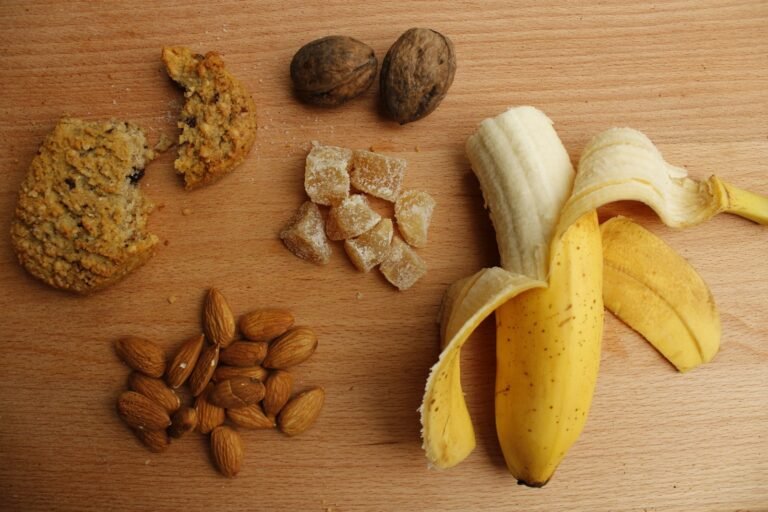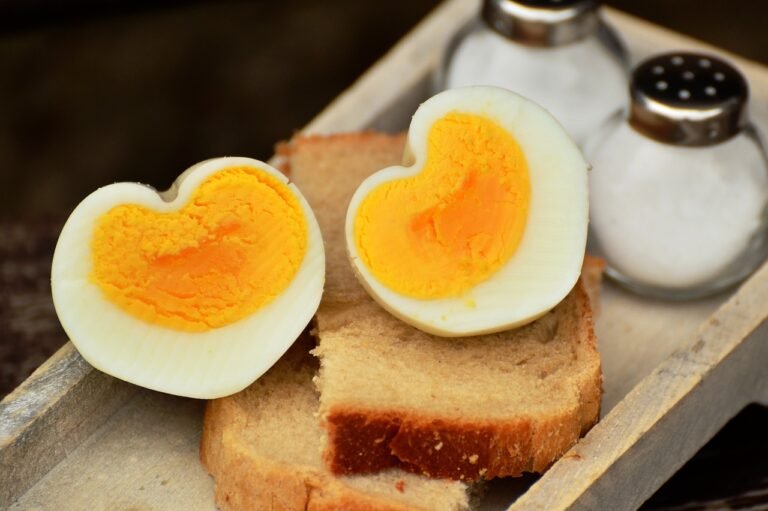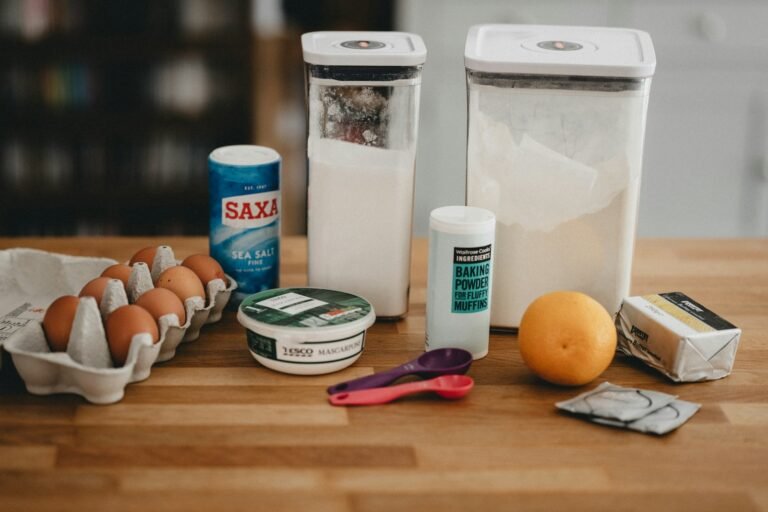Pre-diabetes affects millions of people—and many don’t even know they have it. It’s often a silent condition, but catching it early can make all the difference. With the right changes to your diet and lifestyle, pre-diabetes can be reversed or managed, and you can avoid developing full-blown type 2 diabetes. In this article, we’ll break down what pre-diabetes is, how to spot the signs, and most importantly—how to take control starting today.
What Is Pre-Diabetes?
Pre-diabetes is your body waving a yellow flag. It means your blood sugar levels are higher than normal, but not yet high enough to be diagnosed as type 2 diabetes. Left unchecked, it can lead straight into chronic illness—but caught early, it’s something you can absolutely manage—or even reverse.
According to the CDC, over 96 million U.S. adults have pre-diabetes—and most aren’t even aware of it. That’s why education and awareness matter so much.
Pre-Diabetes Symptoms (That Are Easy to Miss)
Pre-diabetes often comes with little to no obvious symptoms, but here are a few common red flags:
- Constant fatigue or sluggishness
- Feeling more thirsty than usual
- Frequent urination
- Blurred vision
- Increased hunger, especially after meals
- Darkened skin patches (neck, elbows, armpits)
Even if you’re symptom-free, it’s worth getting your A1C levels tested if you have any risk factors—especially if you’re over 40, sedentary, have a family history of diabetes, or carry extra weight around your midsection.
Can You Reverse Pre-Diabetes?
Yes—you can take control. In fact, lifestyle changes have been proven to reverse pre-diabetes and reduce your risk of developing type 2 diabetes by over 50%.
Here’s where to start:
1. Eat a Blood Sugar-Friendly Diet
Not all carbs are evil, and not all fats are bad. The key is balance and quality.
✅ What to Focus On:
- Fiber-rich foods: Vegetables, legumes, berries, oats
- Healthy fats: Avocados, olive oil, seeds, nuts
- Lean protein: Chicken, tofu, fish, eggs
- Low-glycemic carbs: Sweet potatoes, quinoa, whole grains
- Minimize: Sugary drinks, white bread, processed snacks, fast food
Need ideas? Explore our growing list of pre-diabetes friendly recipes that are quick, satisfying, and balanced.
2. Move More—Even in Small Doses
You don’t need to train for a marathon. Just 30 minutes of movement a day—walking, dancing, yoga, biking—can significantly improve insulin sensitivity and lower blood sugar naturally.
Bonus: It boosts mood, energy, and sleep, too.
3. Prioritize Sleep and Stress Management
Chronic stress and poor sleep spike cortisol, which can push your blood sugar up. Try:
- Going to bed at the same time nightly
- Limiting screen time before bed
- Journaling, stretching, or meditating daily
You might be surprised how much better your body functions when it’s well-rested.
4. Keep Track of What Works
Use a simple food and activity journal—or an app—to track your meals, energy levels, and any symptoms. Patterns matter. You’ll start to see what supports your blood sugar and what throws it off.
Need tools? We’re curating a list of recommended wellness trackers and meal planners that work well with a pre-diabetes lifestyle. (Coming soon)
Why Early Action Matters
Pre-diabetes doesn’t mean you’re “sick.” It means you’ve been given a head start—a chance to steer your health in a better direction before complications arise.
Left unmanaged, it can lead to type 2 diabetes, heart disease, nerve damage, and more. But the flipside is empowering: with daily choices, you can stay ahead of it.
Final Thoughts
Being diagnosed with pre-diabetes doesn’t mean you’ve failed—it means your body is asking for your attention. Small steps lead to big results, and with the right habits in place, you can lower your blood sugar, boost your energy, and feel better overall.
Our goal at Quick Healthy Meals is to make that journey easier—one recipe, tip, and helpful tool at a time.
👉 Start here:
Read our 5 Quick, Healthy Meals You Can Make in Under 15 Minutes article and get a jump start on eating for better energy and balance.









